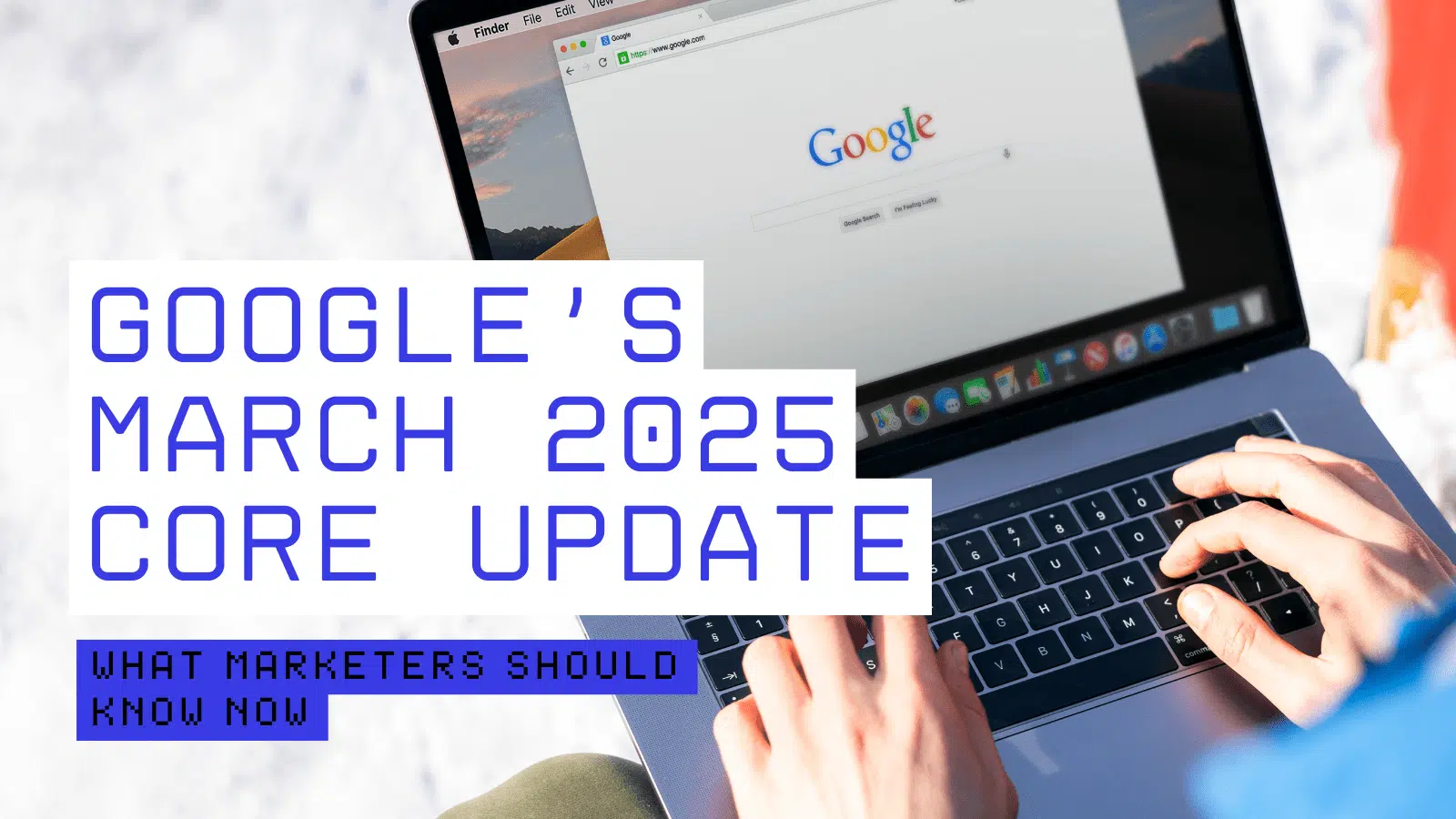Google officially completed its March 2025 core update on March 27, closing out a two-week rollout that began on March 13. This systemic recalibration affects how Google evaluates and ranks content across the web, prompting marketers to reassess their SEO strategies.
Google’s March 2025 Core Update officially wrapped up on March 27. After two weeks of fluctuations in rankings and site performance across verticals, it’s clear the update emphasized quality signals like authority, topic relevance, and user satisfaction. Marketers must now evaluate their content and technical health to align with the new ranking dynamics.
What Happened During This Update?
On March 13, 2025, Google initiated its first core algorithm update of the year. By March 27, the rollout was complete. Though Google never reveals full specifics, early data analysis from tools like SEMrush Sensor and Rank Ranger confirmed spikes in SERP volatility, particularly across the health, news, and eCommerce niches.
This wasn’t a spam update or a product review adjustment. It was broader. Core updates like these affect how Google evaluates entire domains based on trust signals, topical depth, and how well content satisfies user intent.
One early pattern noticed: websites that regularly publish high-quality, original, and expert-level content saw ranking gains. In contrast, those with thin content, outdated posts, or poorly structured internal linking experienced drops, especially on commercial-intent queries.
Why This Update Matters for Digital Marketers
Whether you’re running a blog, managing client SEO, or operating a niche affiliate site, these core updates can either skyrocket your traffic or shrink it overnight.
If you noticed a dip in your organic sessions, don’t panic. It’s not always a penalty, but a signal to evolve.
The update appears to have put even more weight on topical authority. This means Google is favoring sites that don’t just post about a topic but comprehensively cover it. For example, a site that discusses SEO should also naturally branch into areas like internal linking strategies, keyword clusters, and site architecture to demonstrate depth.
Another trend? Pages with outdated or generic content were among the most impacted. That’s a signal to audit old blog posts and update them with fresh data, visuals, and clearer formatting.
What You Should Do Right Now
1. Perform a Content Audit Focused on Value and Experience
Use tools like Google Search Console and Ahrefs to identify which URLs dropped in traffic post-update. For each of these pages, ask:
- Does the content still reflect current data and user expectations?
- Is the format scannable, mobile-friendly, and well-structured?
- Is the author/source credible?
Rewriting or consolidating thin or outdated posts may be more effective than simply adding new ones.
Tip: If you notice keyword cannibalization or scattered topic coverage, consider merging related posts and building better topical clusters.
👉 Related: How to improve your site structure for SEO
2. Enhance Internal Linking to Reinforce Authority
This update subtly favored well-interlinked content ecosystems. If your blog posts are isolated or loosely connected, you might be sending weak signals about topic depth.
Start linking related articles together using descriptive anchor text. This improves crawlability and allows you to pass authority to underperforming or new pages.
3. Reinforce Topical Coverage With Supporting Content
Many sites that ranked well had strong hub-and-spoke content models. A single guide isn’t enough anymore. You need supporting content that answers related user questions and satisfies intent beyond the basics.
Let’s say you’ve written a pillar post on “keyword research.” You should also cover subtopics like long-tail keywords, search intent, keyword difficulty, and tool comparisons.
👉 Related: How to Do Keyword Research
4. Double Down on E-E-A-T Signals
Google’s emphasis on Experience, Expertise, Authoritativeness, and Trust continues to grow. Here are quick ways to align:
- Add author bios with credentials and experience
- Link out to reputable, high-authority sources
- Display date updates to signal freshness
- Include first-hand data, images, or case studies where possible
Tip: Update your About page and individual author pages. Google uses these to understand the people behind the content.
Story Behind the SERPs: Winners and Losers
During the March update rollout, several examples emerged that echoed past patterns.
One SEO agency blog that had steadily invested in building detailed topic clusters – from link building to local SEO – saw gains of 18% in organic visibility. Their success was attributed to not just keyword optimization but building a search journey, guiding users from awareness to action across internal content paths.
Conversely, a large e-commerce site that relied heavily on AI-generated product descriptions and unmaintained blog posts lost multiple page-one positions. The common thread in their drop? Content duplication, vague topic coverage, and no real brand story behind their expertise.
It’s a familiar tale: Google rewards humans who write for humans.
In Case You Missed It: Key Tools and Insights
If you’re trying to dissect what the update means for your site, here are some free and paid tools that helped SEOs spot changes early:
- SEMrush Sensor – Monitors SERP volatility by niche
- GSC & GA4 – Identify traffic dips and click-through anomalies
- Sitebulb / Screaming Frog – For full-site audits
- Wayback Machine – Compare past content versions
- SERP API tools – Track lost/gained featured snippets or positions
Final Thoughts
The March 2025 Core Update is another reminder that short-term hacks don’t work anymore. SEO is no longer just about keywords – it’s about trust, depth, and utility.
If your rankings shifted, consider it a diagnostic moment. You’re being asked to level up – not just for Google, but for the people reading, watching, and engaging with your content.

